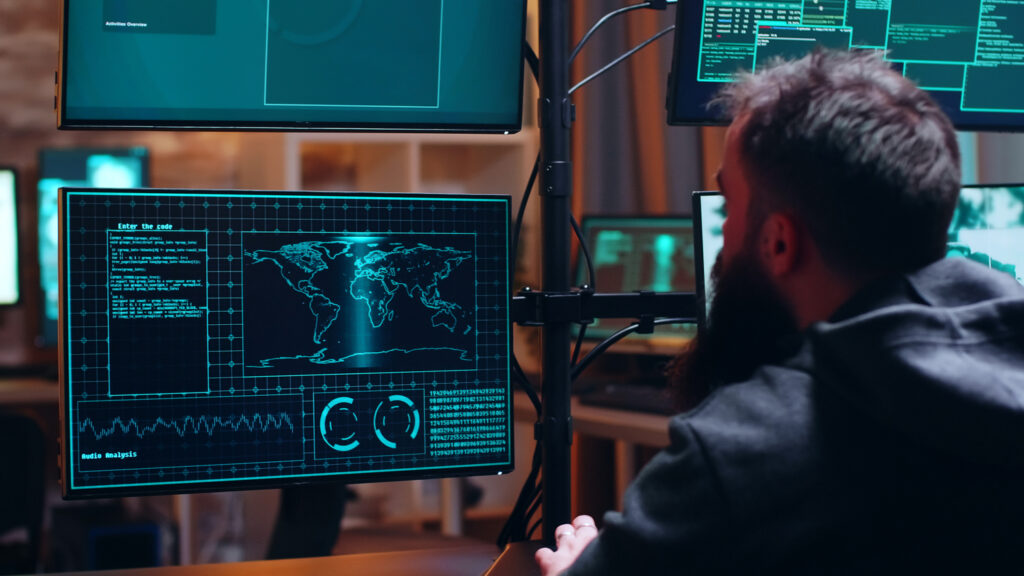Phishing attacks have significantly evolved over the past few years, making them more sophisticated and difficult to detect. In 2024, cybercriminals are employing increasingly clever tactics, such as mimicking trusted entities and using psychological manipulation to deceive even the most vigilant individuals. The growing reliance on digital platforms for both personal and professional activities has only magnified the threat, necessitating effective phishing prevention training. This training must address the latest phishing trends, helping individuals recognize subtle cues that could indicate a phishing attempt.

Emphasizing Employee Awareness
Employee awareness is fundamental to any successful phishing prevention strategy. Organizations should implement regular, comprehensive training sessions tailored to their specific needs and risks. These sessions should cover various types of phishing attacks, such as email, phone, and social media phishing. Moreover, real-world simulations can be an effective tool, providing hands-on experience in recognizing and responding to suspicious activities. Reinforcing this training periodically ensures that employees remain vigilant and can adapt to new threats as they emerge.
“Phishing prevention training must evolve to address the sophisticated nature of contemporary threats. A combination of employee awareness, advanced technological solutions, and a strong cybersecurity culture is essential for protecting against phishing attacks in 2024 and beyond.”
While employee training is crucial, technology also plays a vital role in combating phishing. Advanced email filtering systems, multi-factor authentication (MFA), and secure browsing solutions are pivotal in defending against phishing attacks. These tools can significantly reduce the chances of a successful phishing attempt by adding layers of security that are challenging for attackers to bypass. Additionally, adopting artificial intelligence and machine learning technologies can help identify potential threats by analyzing unusual patterns and behaviors, providing an added layer of protection.
Creating a culture where cybersecurity is a shared responsibility can make a significant difference in an organization’s resilience against phishing attacks. Leadership should demonstrate a commitment to cybersecurity by staying informed about the latest threats and encouraging open communication about suspicious activities. A culture that prioritizes cybersecurity ensures that every member of the organization understands their role in maintaining digital safety. This collective approach not only strengthens the organization’s defense mechanisms but also fosters trust and accountability among employees.



